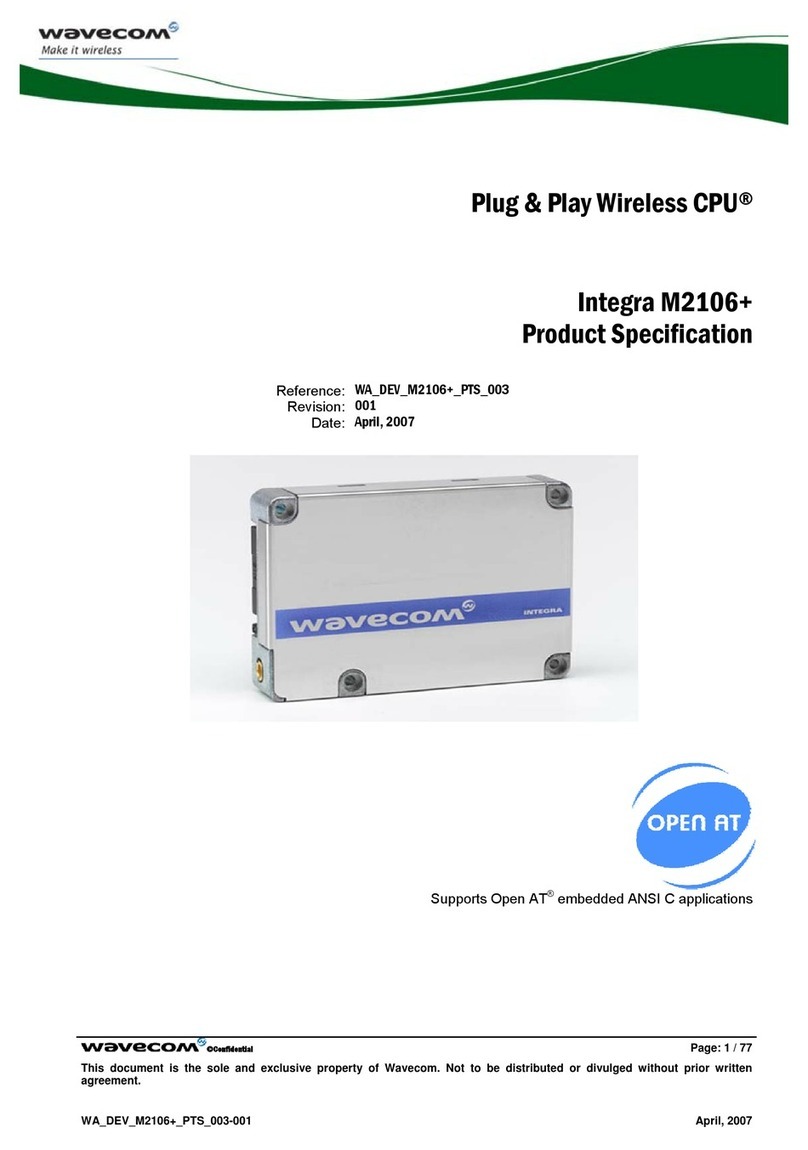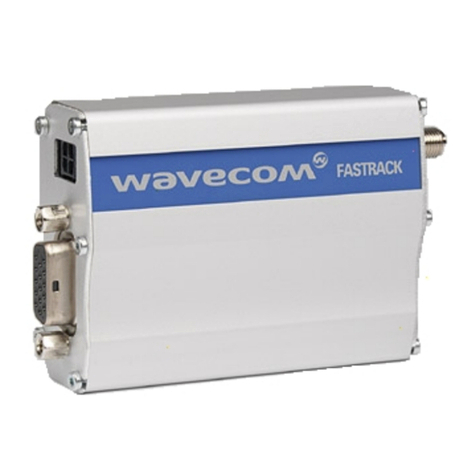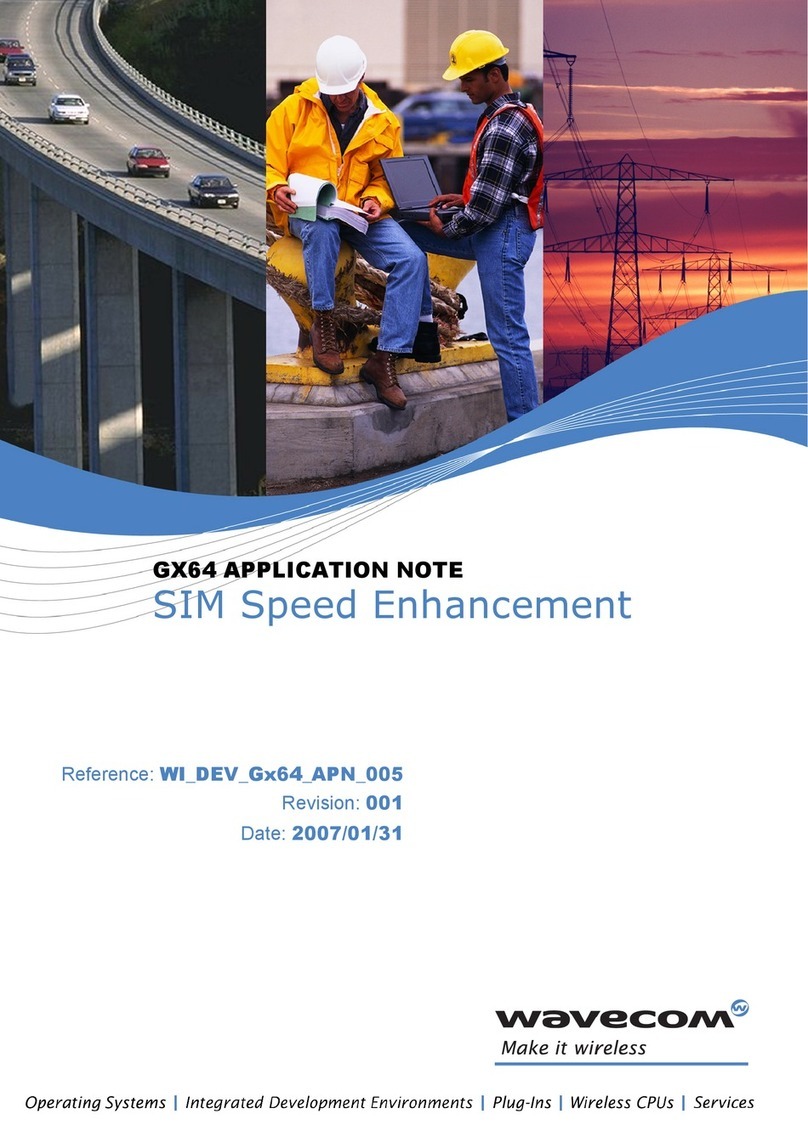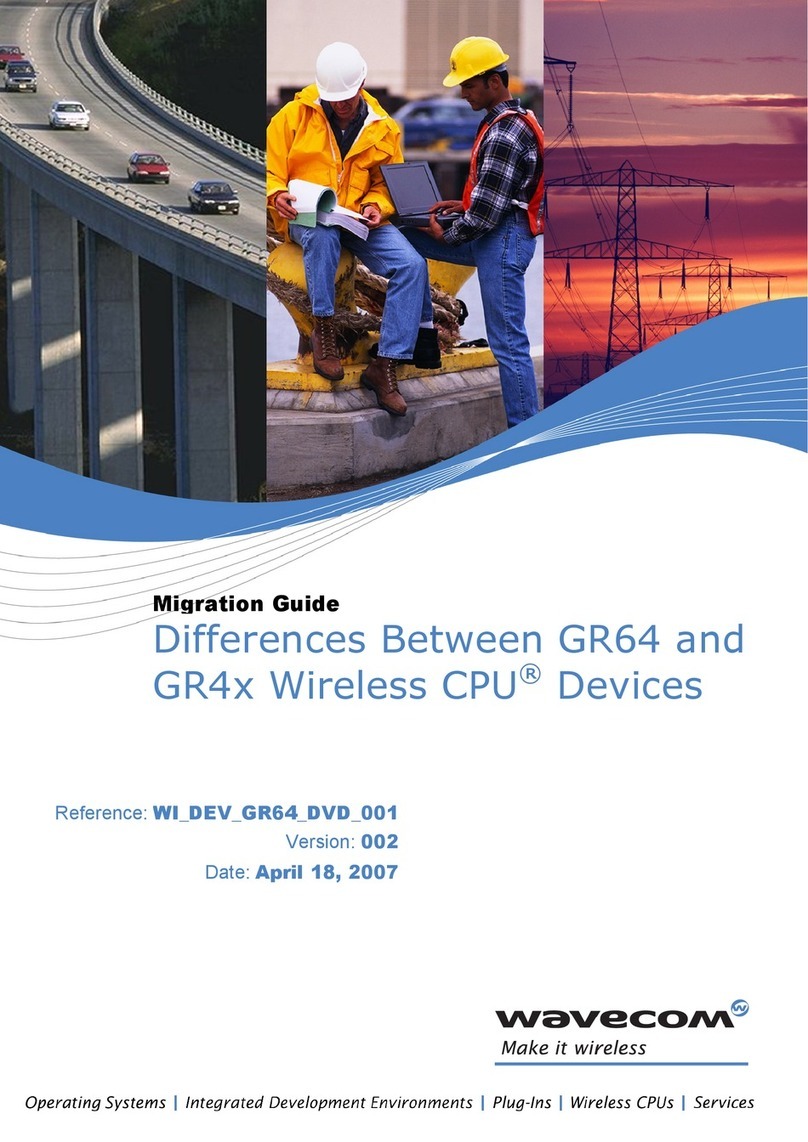
Table of Contents
1Introduction ............................................................................................ 5
1.1 ABBREVIATIONS ............................................................................................................ 5
1.2 NOTATION.................................................................................................................... 6
1.3 ACKNOWLEDGEMENTS .................................................................................................. 6
2Block Diagrams ....................................................................................... 7
2.1 SYSTEM POWER MANAGEMENT BLOCK DIAGRAM ........................................................... 7
2.2 POWER MANAGEMENT BLOCK DIAGRAM........................................................................ 8
2.2.1 GS64.................................................................................................................. 8
2.2.2 GR64001 ........................................................................................................... 9
2.2.3 GR64002 ......................................................................................................... 10
3Implementation Recommendations ....................................................... 11
3.1 APPLYING POWER ON VCC........................................................................................... 11
3.2 POWER STATE CONTROL OF THE WIRELESS CPU........................................................... 12
3.2.1 ON/OFF ........................................................................................................... 13
3.2.2 INTERNAL CHGDET........................................................................................... 14
3.2.3 EXTERNAL PON_H............................................................................................. 14
3.2.4 ALARM............................................................................................................. 15
3.2.5 AT+CFUN ........................................................................................................ 16
3.2.6 AT*E2RESET ..................................................................................................... 16
3.3 HOW TO LOWER POWER CONSUMPTION ...................................................................... 16
3.4 CHARGING.................................................................................................................. 17
3.5 HOW TO USE VREF ...................................................................................................... 17
3.5.1 VREF AS OUTPUT IN GS64 AND GR64001 ......................................................... 17
3.5.2 VREF AS INPUT IN GR64002.............................................................................. 18
3.6 MONITOR “POWER ON” STATE ..................................................................................... 19
3.6.1 GS64 AND GR64001 HW-DETECTION ............................................................... 19
3.6.2 GR64002 HW-DETECTION................................................................................ 20
Gx64 APPLICATION NOTE This document is the sole and exclusive property of WAVECOM. Not to be distributed or divulged without prior written agreement.
Ce document est la propriété exclusive de WAVECOM. Il ne peut être communiqué ou divulgué à des tiers sans son autorisation préalable
Power Management
Page: 3/30

































